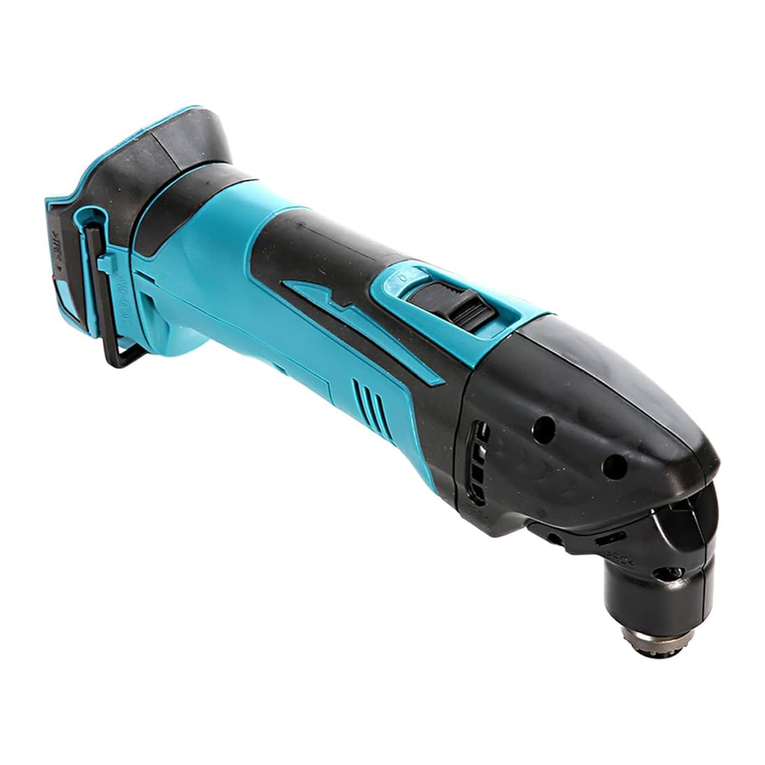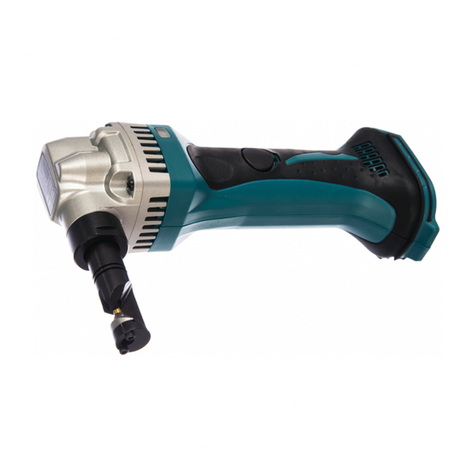Makita HR001G User manual
Other Makita Power Tools manuals
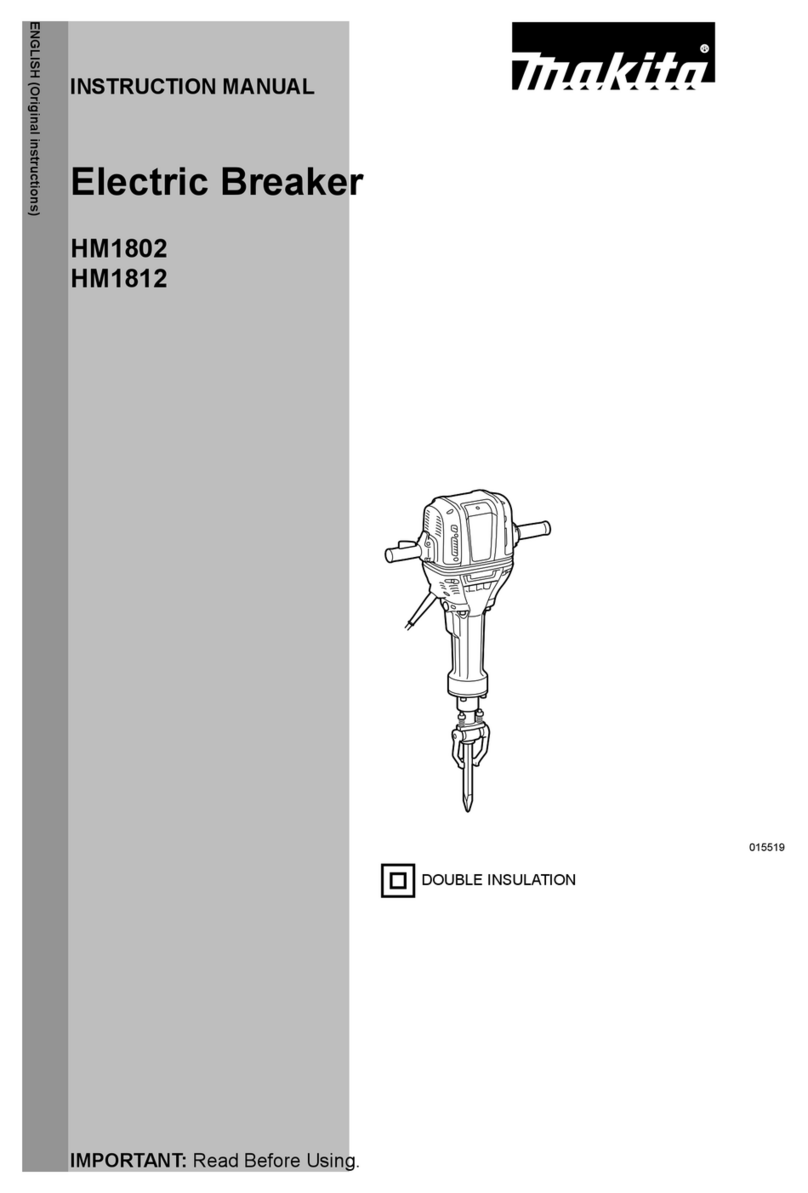
Makita
Makita HM1802 User manual
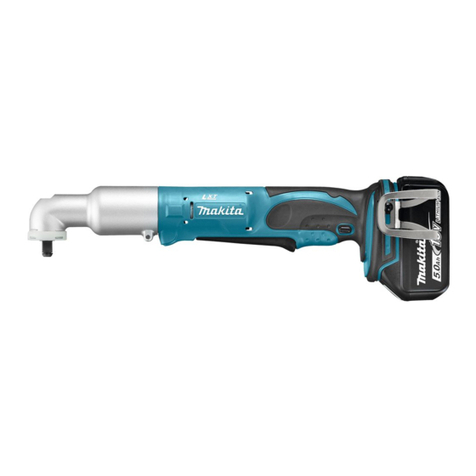
Makita
Makita DTL062 User manual
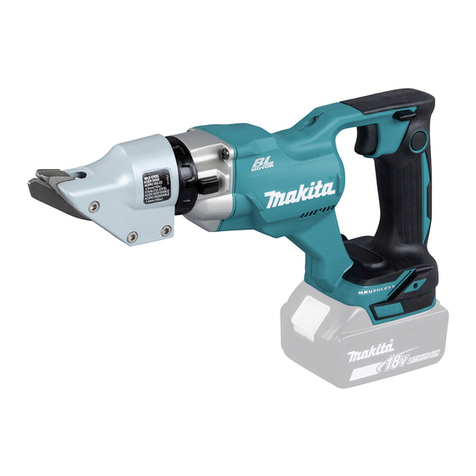
Makita
Makita DJS200 User manual
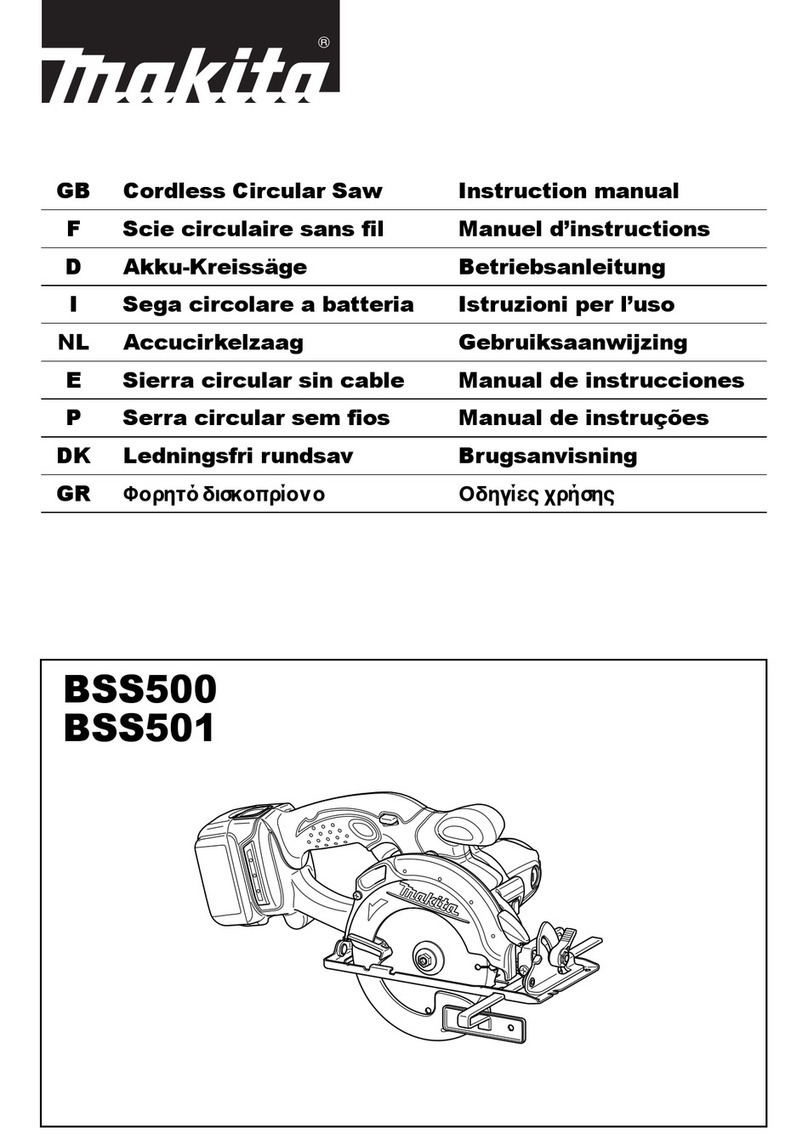
Makita
Makita BSS501 User manual

Makita
Makita 3601B User manual
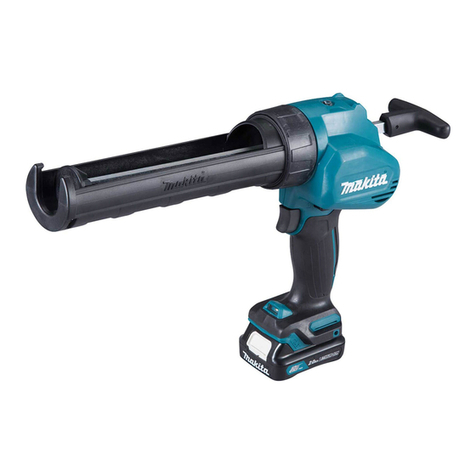
Makita
Makita CG100D User manual

Makita
Makita BlW120 User manual
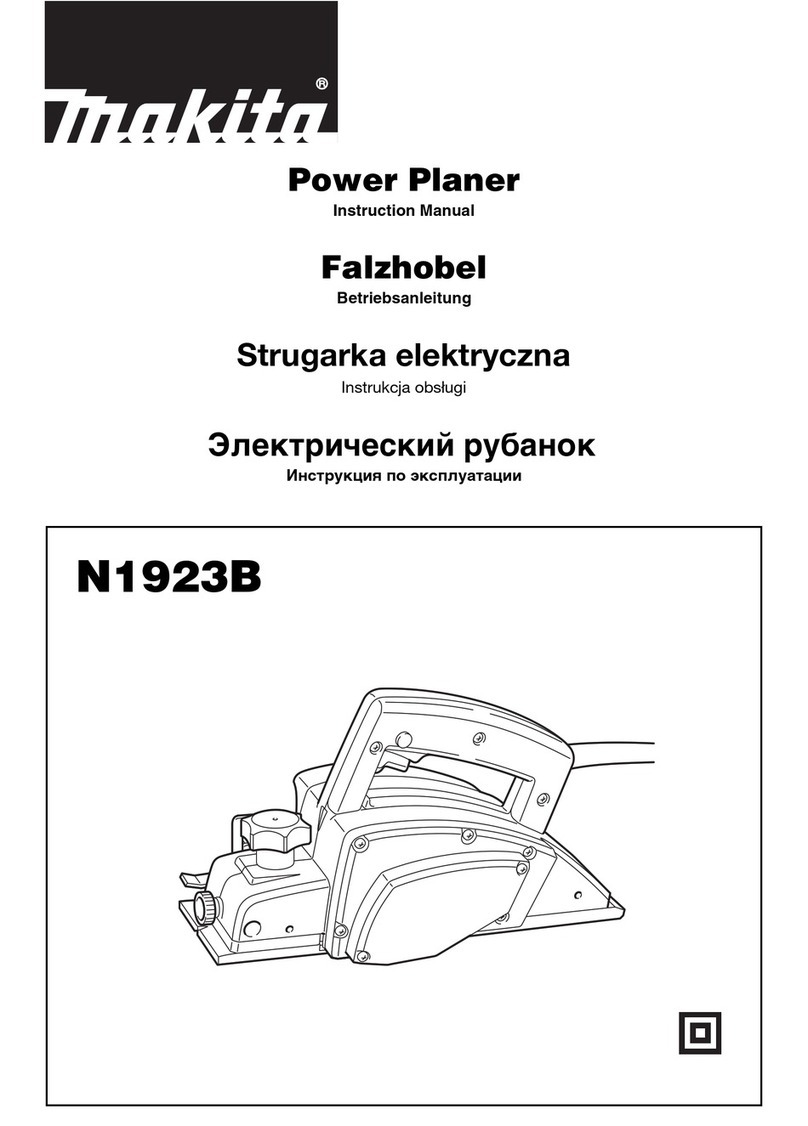
Makita
Makita N1923B User manual

Makita
Makita DCG180ZB User manual
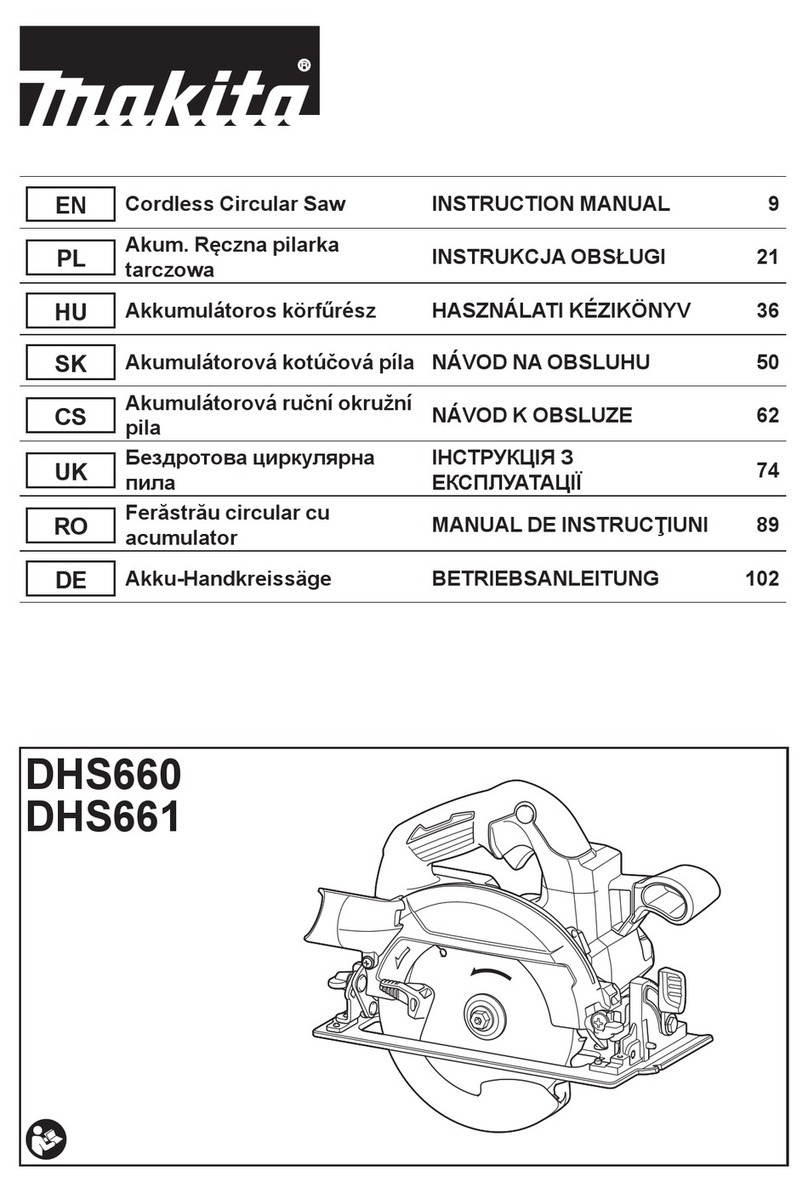
Makita
Makita DHS660 User manual

Makita
Makita TW140D User manual
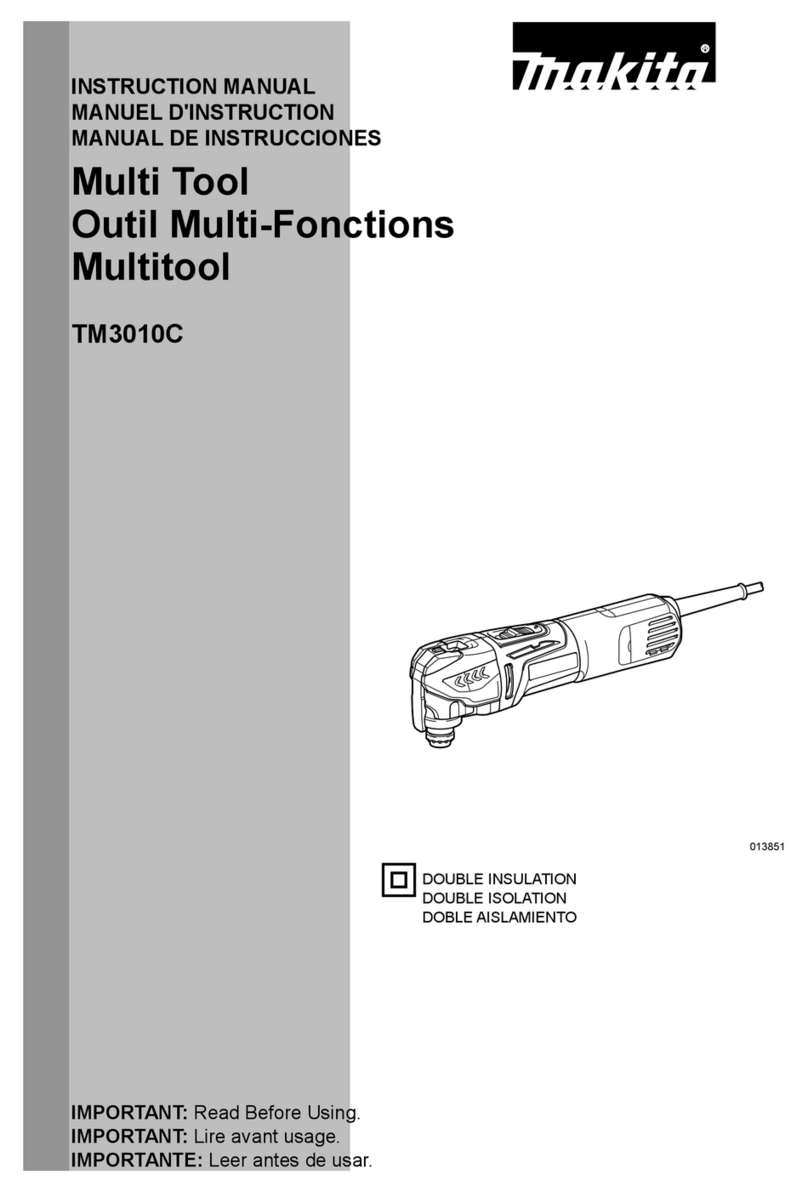
Makita
Makita TM3010C User manual
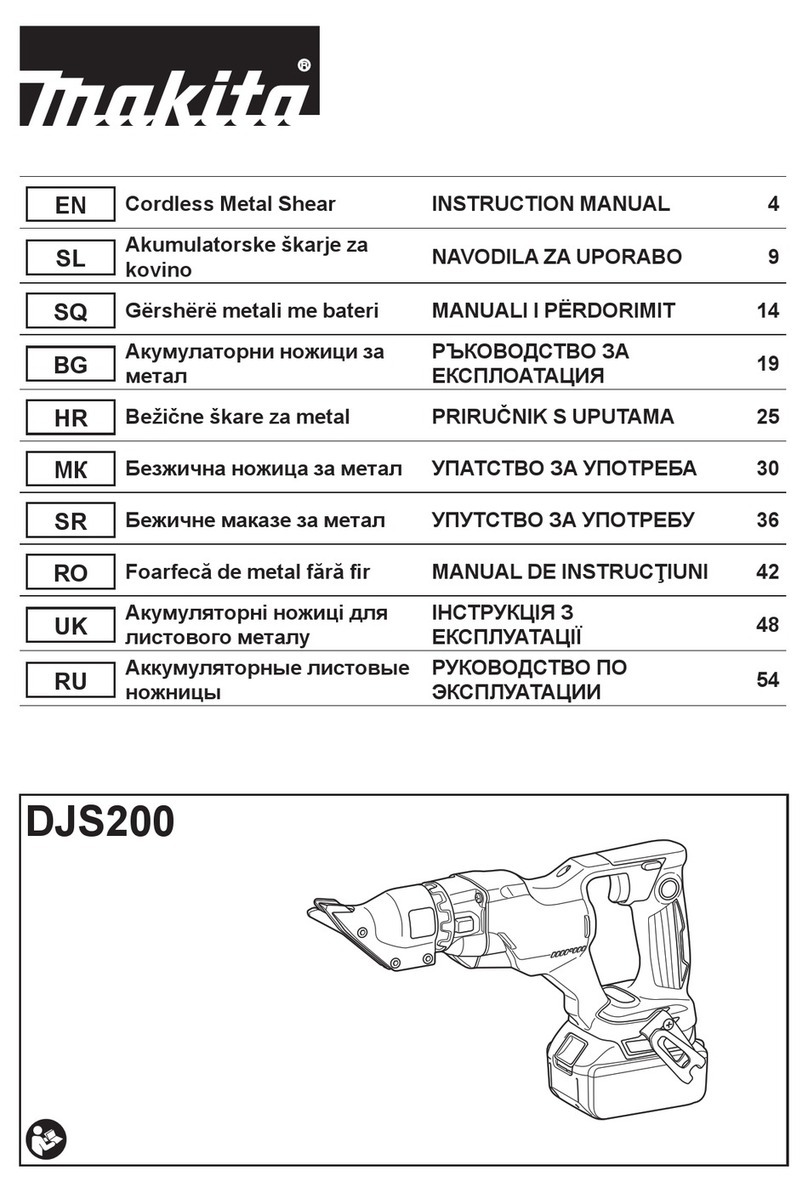
Makita
Makita DJS200 User manual

Makita
Makita JV0600 User manual
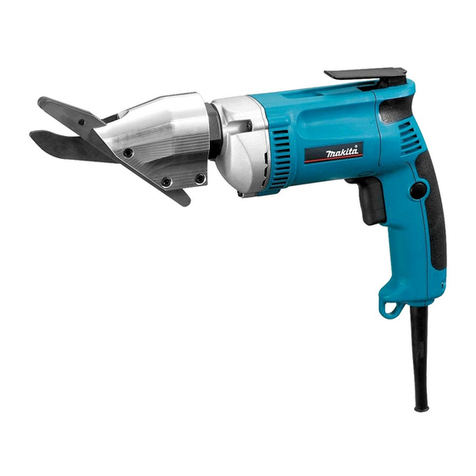
Makita
Makita JS8000 User manual
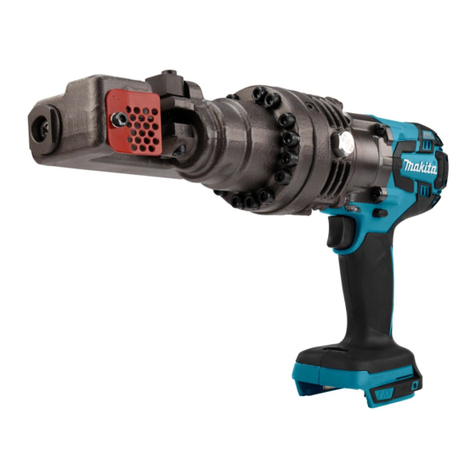
Makita
Makita DSC163ZK User manual
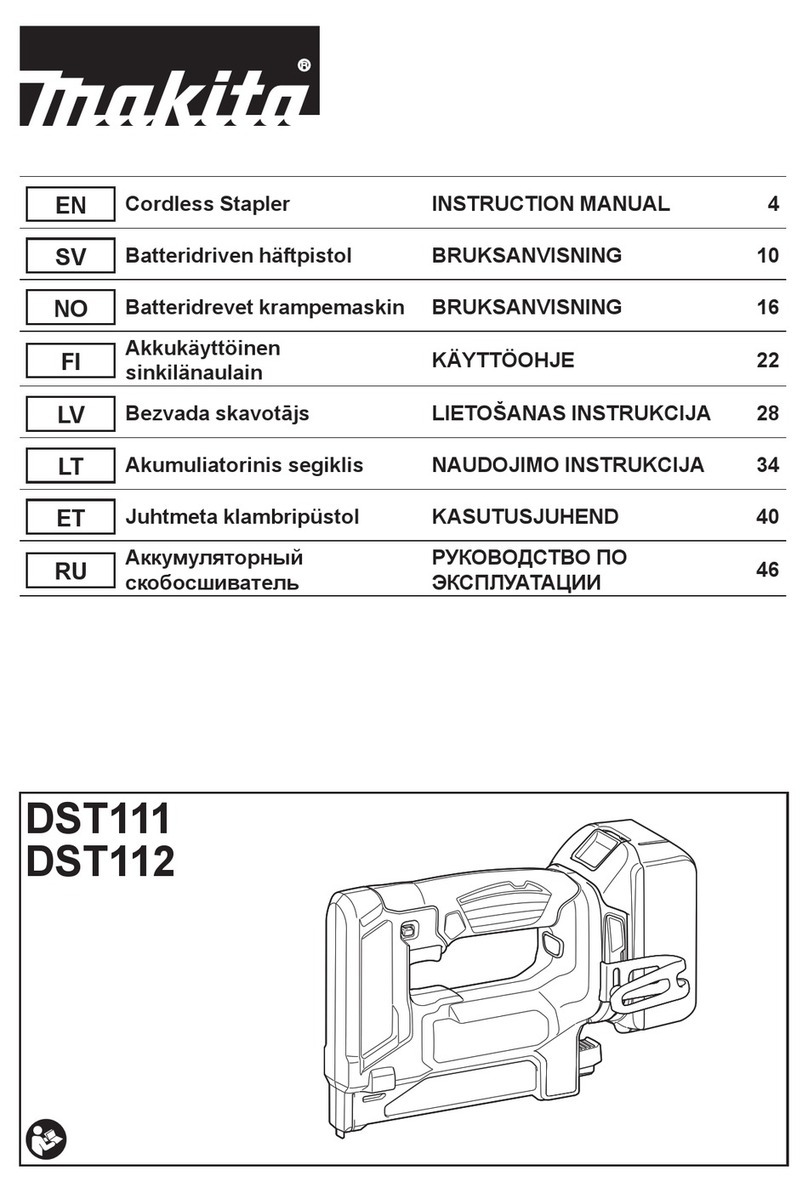
Makita
Makita DST112 User manual

Makita
Makita LXMT01 User manual

Makita
Makita HM1200 User manual
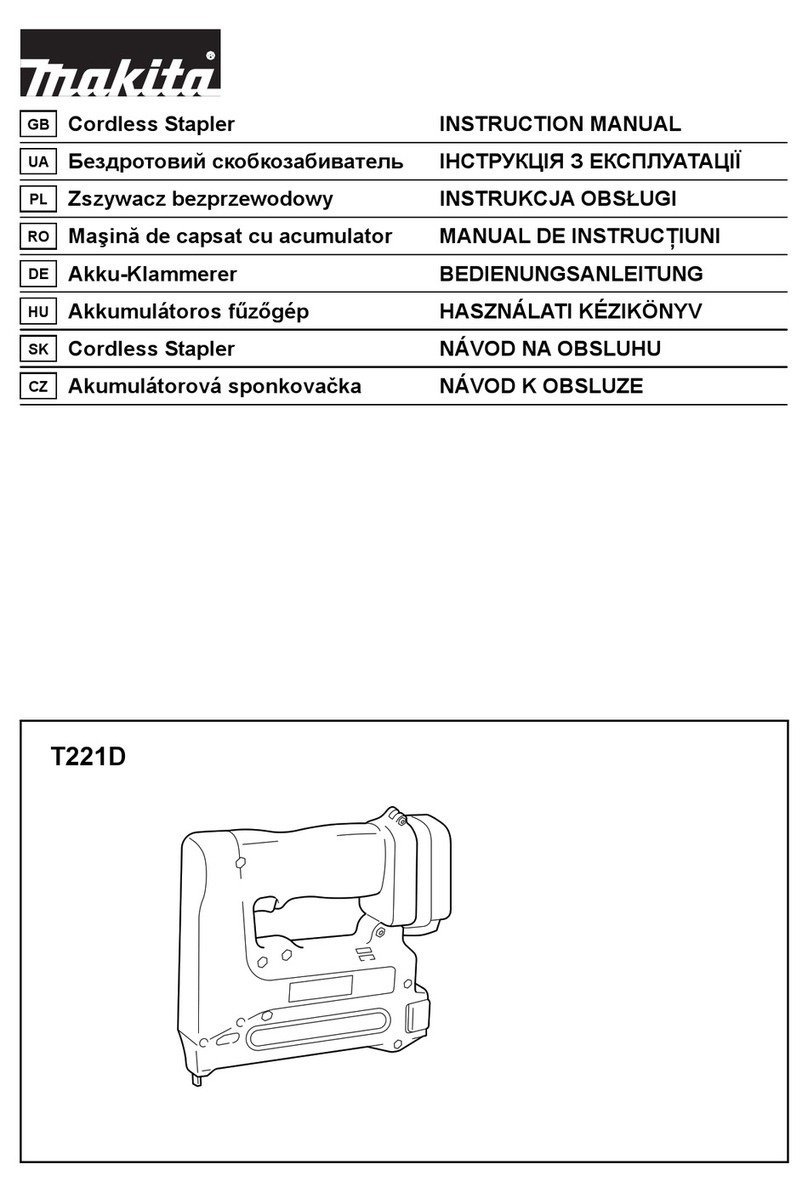
Makita
Makita T221D User manual
